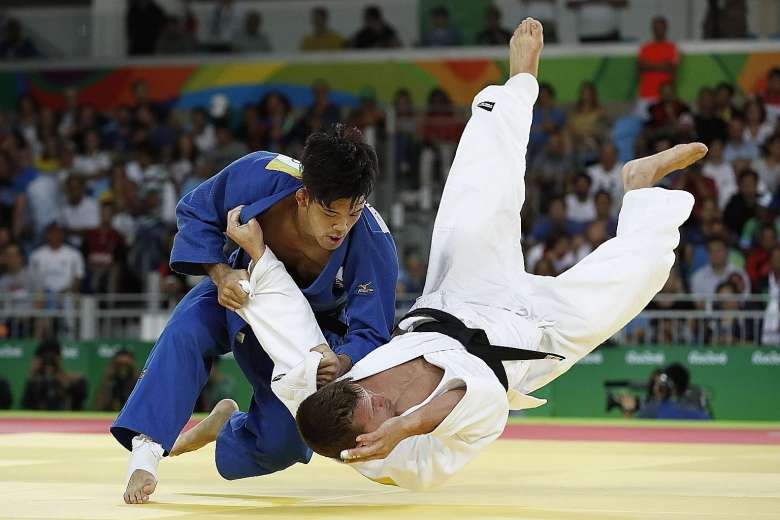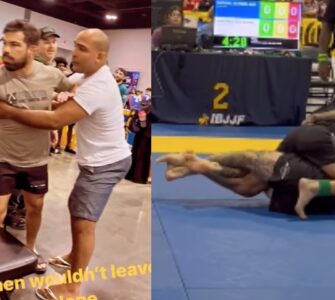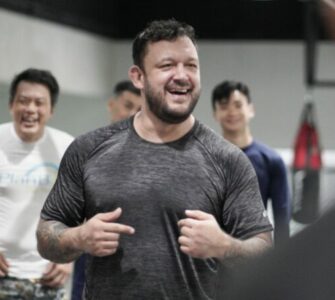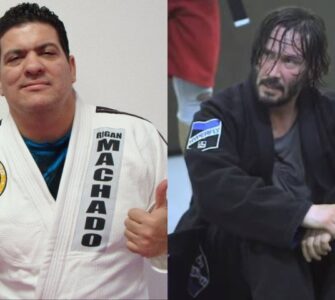Guest pots by Matt D’Aquino, a multiple Australian and Oceania Champion and a 2008 Beijing Judo Olympian. He has been studying Judo for over 24 years. He is a 3rd Degree Black belt and a purple belt in BJJ. . Matt has also come out with great new DVD sets for BJJ players: Judo for BJJ and Standing to Ground Transitions.
1.Grip fighting
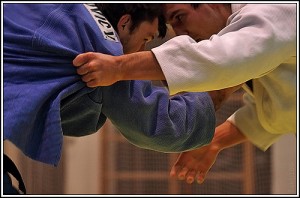
If you’re a competitor you need to know how to grip fight. There were so many matches that were won and lost only on the gripping exchanges. Grip fighting is everything so if you’re a competitor and you don’t know how to grip fight i suggest you grab ‘Grip like a world champion’ by Jimmy Pedro, ‘Grip to win’ by Rhadi Ferguson, I’ve got a grip fight DVD, it’s like 10$, gripfightbasics.com. You have to learn how to grip fight against a righty, a lefty, a top gripper, a double lapeller, and guys that fight double sleeve. So there was a ton of great grip fighting, to the point that it was sometimes boring but i really liked watching matches like the Russian Pulaev vs Bouchard the Canadian. The Russian didn’t know what to do with the Canadian’s grips. He was frustrated…and the Canadian got the win just through really good grip fighting.
2. Sode-tsurikomi-goshi
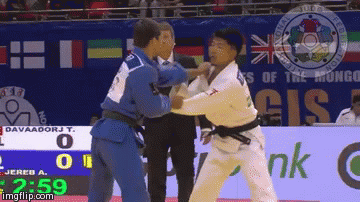
Sode-tsurikomi-goshi was everywhere! It makes sense because when people grip fight, they now grip their own lapel and punch their free hand. They often end up in a double sleeve Sode or a lapel and sleeve Sode. Personally, I find Sode hard to do, but I started working on it and it works. If you go for a Sode and you miss it, you still break their grip. So you either break their grip and get a score or a good attack in. I really liked it at this year’s Olympics.
Newaza transitions.
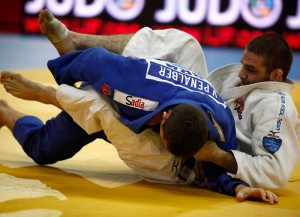
There were tons of Newaza transitions! In Judo there are 3 aspects of Newaza. The first is, I do a throw and we instantly end up in Newaza. You need to learn how to do a transition from that. The second is your opponent does a throw and you need to know how to transition from that. The third transition is when you are completely seperated. The opponent tries a throw, you break grips, they fall on their stomach and then you engage.
Game Plans
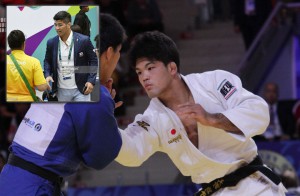
Game planning is VITAL if you’re a competitor. Every single matches, Judoka had game plans. If you watched Bouchard vs Pulaev: game plan from start to beginning. The Chinese Judoka that beat Iliadis: Game plan. So I really encourage you to have a game plan against every single person you’re fighting. You need to know if they are right or left handed, how tall they are, what throws they do, what Newaza transitions they do. Game plans win matches, not more randoris!
Playing for penalties
There are 3 aspects to this. In Judo these days, you need to score first. Whoever scores first, will win. Some guys will score and just defend and defend, rack up penalties and then win the match. That’s one way to win. That’s why you have to score first. 3 shidos can come very quickly, where you are penalised, but the 4th shido where you are disqualified comes very slowly. So you need to learn how to survive while racking up penalties and you also need to learn how to throw a guy that is racking up penalties. You need to learn how to throw super defensive guys. If he is being defensive don’t do Sumi Gaeshi, because you are now allowing him to do Newaza, and run the time out.

